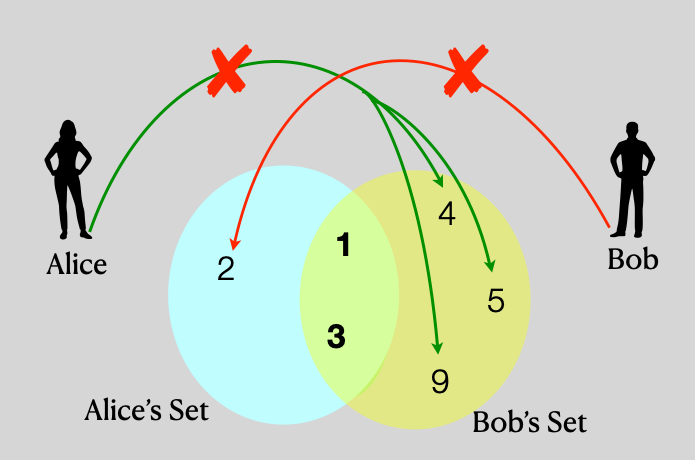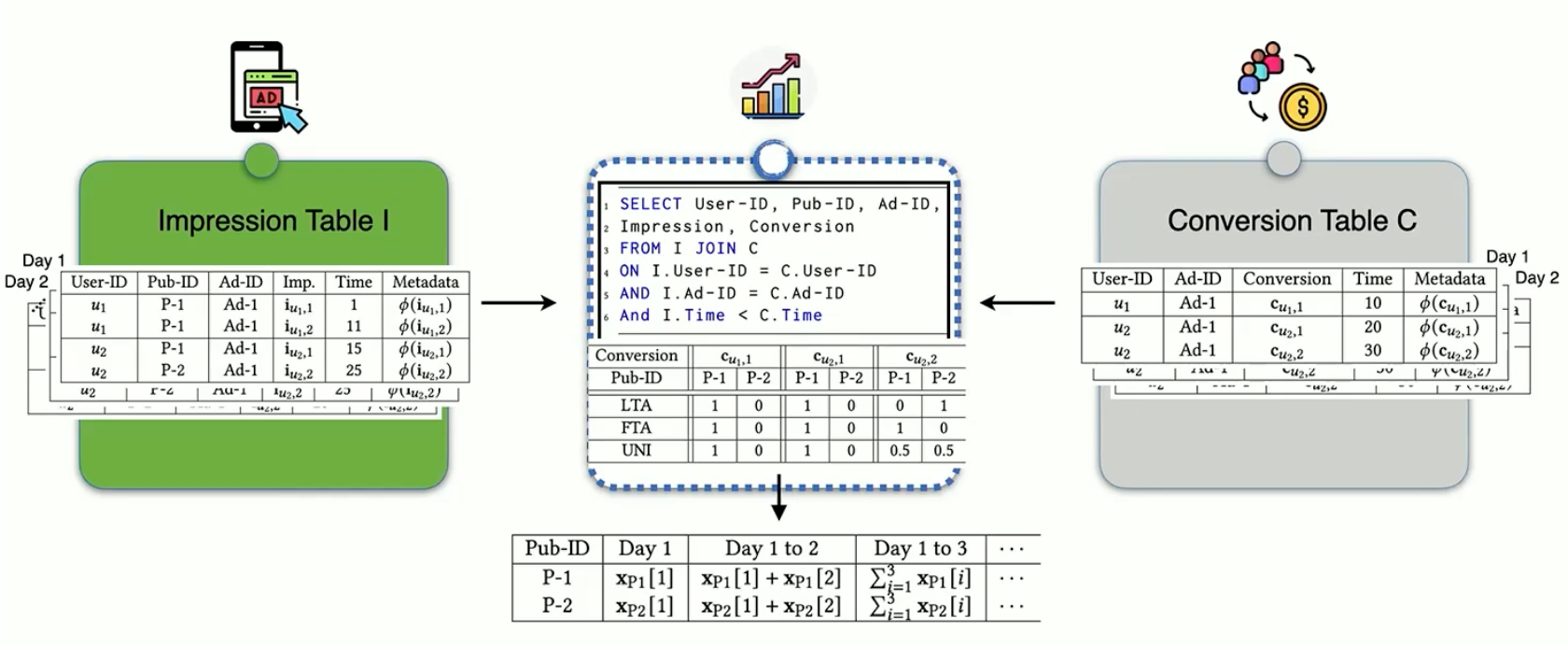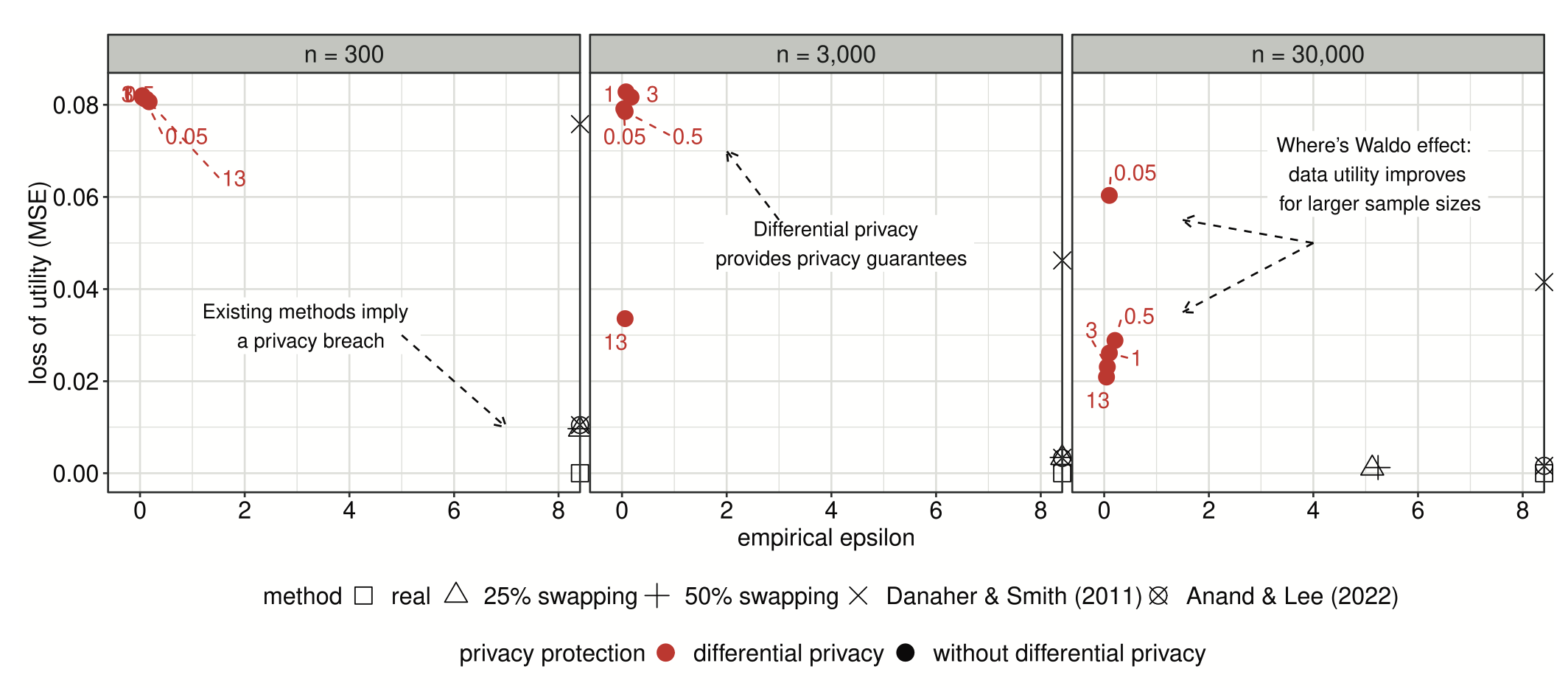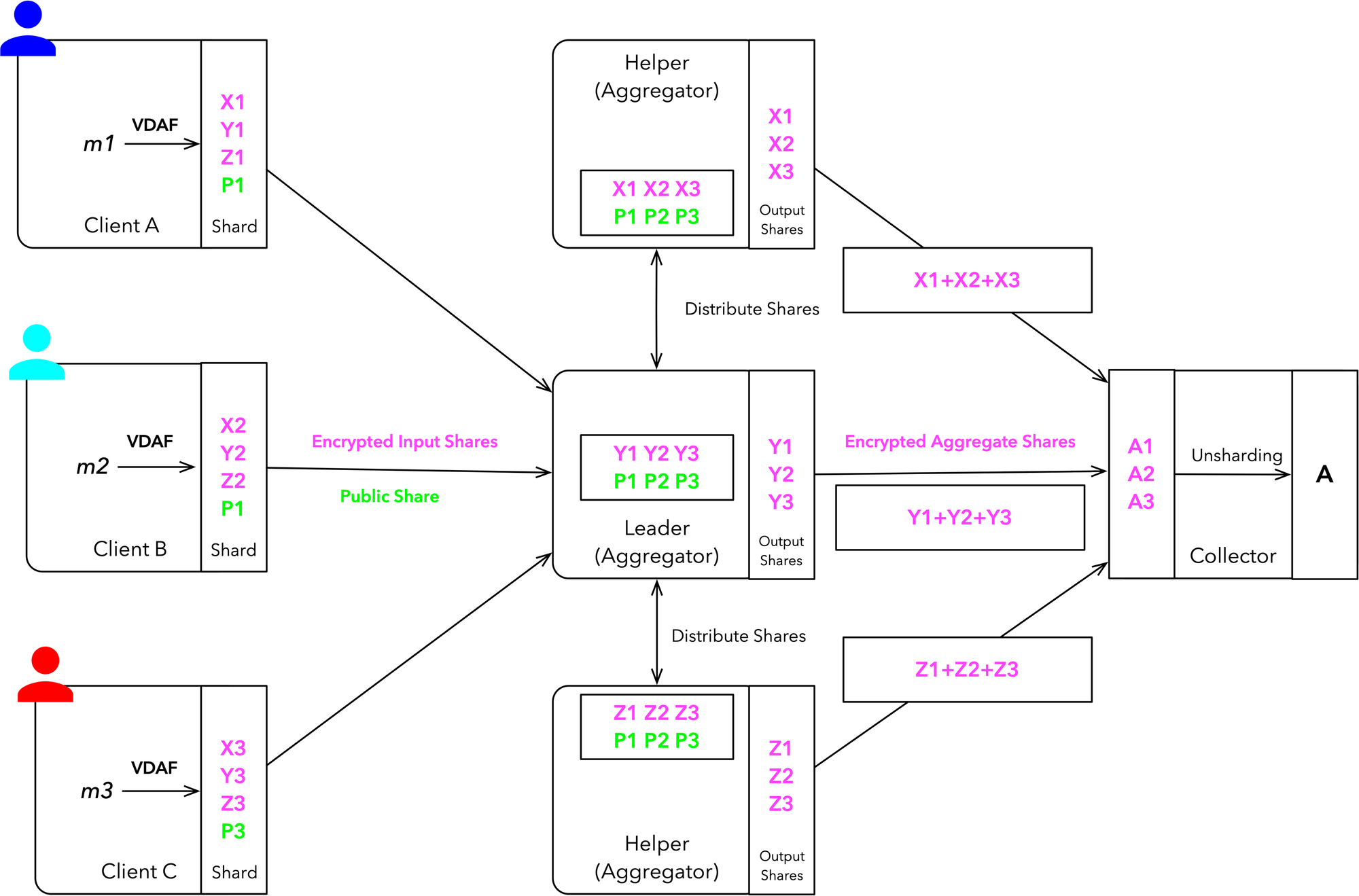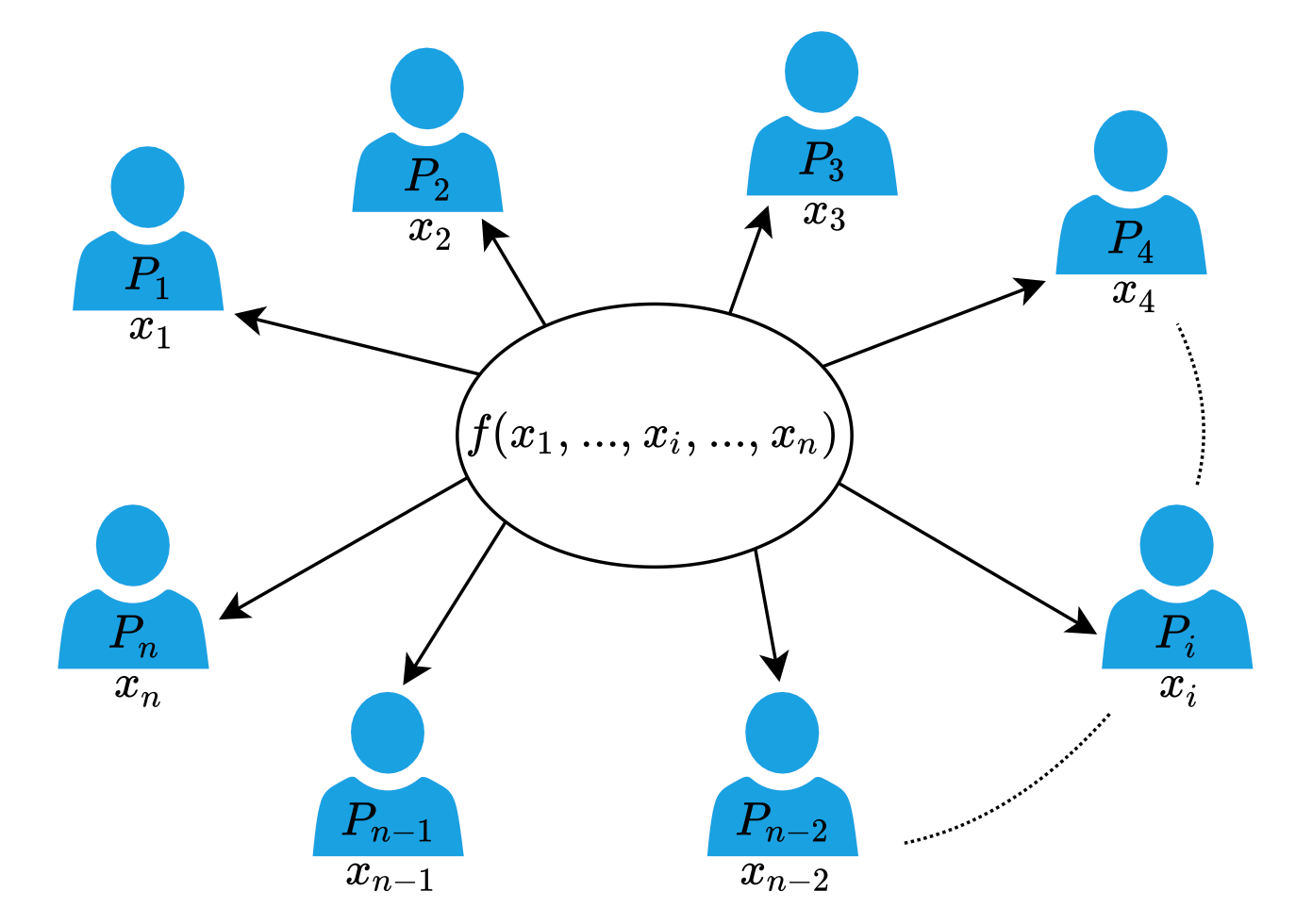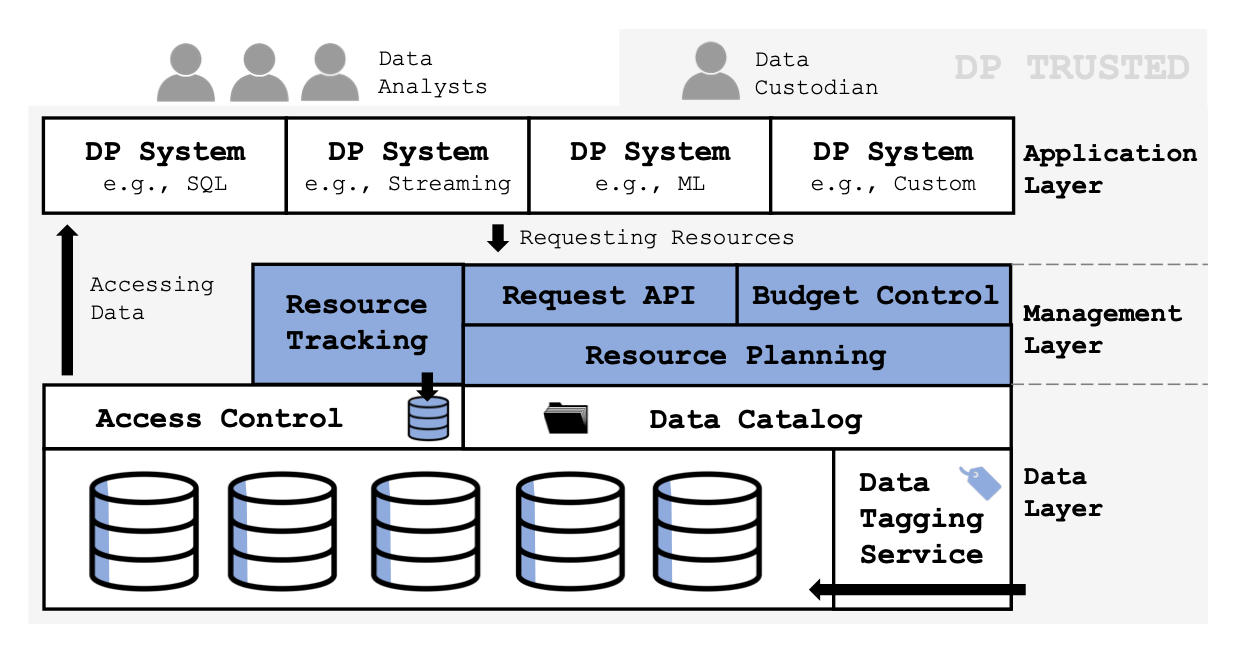
Privacy in data systems has traditionally focused on protecting sensitive information as it enters a system - what we call input privacy. However, as systems become more complex and capable of inferring sensitive information from seemingly harmless data, the importance of output privacy has gained significant attention.

